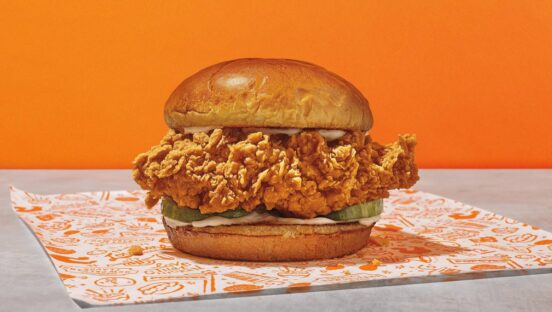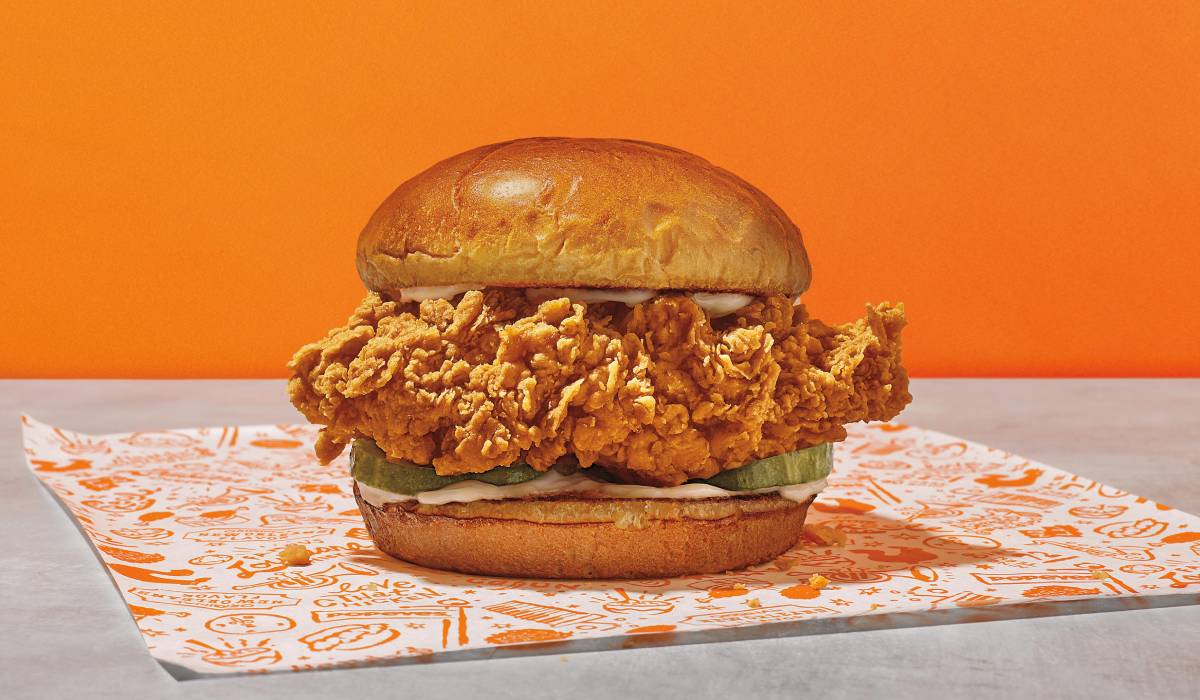For every great, new menu item, there are dozens more that don’t dazzle diners. And with restaurants facing rising labor and food costs, it’s more important than ever to get customers through the door and the drive thru.
Popeyes struck gold after spending two years on research and development for its popular chicken sandwich, which sold out weeks after launch in 2019 and has continued to drive growth over the last three years. How can the chain’s innovation success be replicated by other quick-serves?
Ideas testing is a process that helps brands quickly gain insightful feedback on new food and beverage options. With brands eager to take a bite out of market share, testing rooted in behavioral science is a useful resource for product developers and marketers alike.
Pressure to create crave-worthy items
Perfecting a new product typically involves extensive research, tasting, tweaking and marketing. If an item is a success, brands must aim to repeat the buzz and sales the next time around. In many cases, one winning product can yield additional iterations, like how Burger King followed up its Chicken Fries with Fiery and Crispy Pretzel versions.
Competitors also feel the heat when a rival’s innovation performs well. Following Popeyes’ sandwich, other leading brands joined the “chicken sandwich wars” and introduced their own versions.
Plus, with the wide reach of social media, brands are trying new things to increase their chance of going viral. Earlier this year, Jollibee UK’s TikTok account showcased French fries topped with soft-serve ice cream and secured 3.3 million views across two videos. Meanwhile, the hashtag #fastfood has 8 billion views on the platform.
But capturing attention isn’t simply luck. It requires a great idea that gets people’s mouths watering. To create an “it” menu item, quick-service restaurants can’t have product development teams and marketers working in silos. They need to understand how the wider market will react to new foods and beverages. Ideally, they’ll be able to gather this information and release a new innovation before the competition even thinks of the idea.
Leveraging ideas testing to predict profit potential
A focus group or a limited, localized release can provide valuable feedback on whether people like the taste of a new menu innovation. Some brands also use franchisee committees to gain insight on how new menu items will impact teams and secure internal support for upcoming launches.
Going a step further, larger-scale ideas testing can accurately uncover the profit potential of ideas. Brands should look for testing rooted in “wisdom of the crowd” methodology. This is because crowds are better at predicting success compared to smaller, niche groups of people, including loyal customers or internal teams with deep knowledge of the brand and its competitors. The reason is that they don’t have a vested interest in the innovation.
So, how does this type of testing function? Ideally, a survey will reach roughly 500 people so the results are representative of the wider population. Testing should determine if respondents would invest in the idea, not whether they would make a purchase. A trading game that asks respondents whether they would buy or sell shares in the idea and records their decision-making speed determines predicted acceptance.
Because testing doesn’t ask whether respondents would buy the item, it offers accuracy even if people within the sample may not be the target demographic. So, there’s no need to worry about vegetarians or vegans in a sample negatively impacting the test results for a beef burger. They simply weigh in on whether they think others will like it and make it a success.
Ideas testing that asks participants how the prototype makes them feel taps into behavioral science. Feelings are a predictor of profit potential, as the happier an idea makes someone, the more likely they are to select it at the time of purchase. In addition to revealing the emotions of respondents, testing can solicit advice for improving the product, which might entail everything from the ingredients included to the packaging to the price. So even before people might taste an innovation, brands can uncover the public’s gut instincts about one or many ideas.
Quick-service competition is heating up
Today’s quick-service restaurant brands need to continually find ways to attract new customers and retain loyal fans. In addition to friendly and fast service, cleanliness and affordability, restaurants must have an exciting menu filled with great-tasting items. That’s where innovation comes into play.
Whether launching a new mainstay or a limited release, it’s best to understand a product’s profit potential before it’s on every menu and at the center of a marketing plan. Data from “wisdom of the crowd”-based ideas testing can support the case for investing in the next phase of the development process. In addition to helping product development teams, ideas testing supports marketers as they aim to create the next fast-food frenzy and drive growth for brands.
Lisa Buckler is Senior Vice President of Growth and Partnerships for System1, the world’s leading marketing decision-making platform that helps predict and improve the commercial impact of ads and innovation. Contact her at lisa.buckler@system1group.com and access System1’s Test Your Idea platform at https://system1group.com/test-your-idea.









